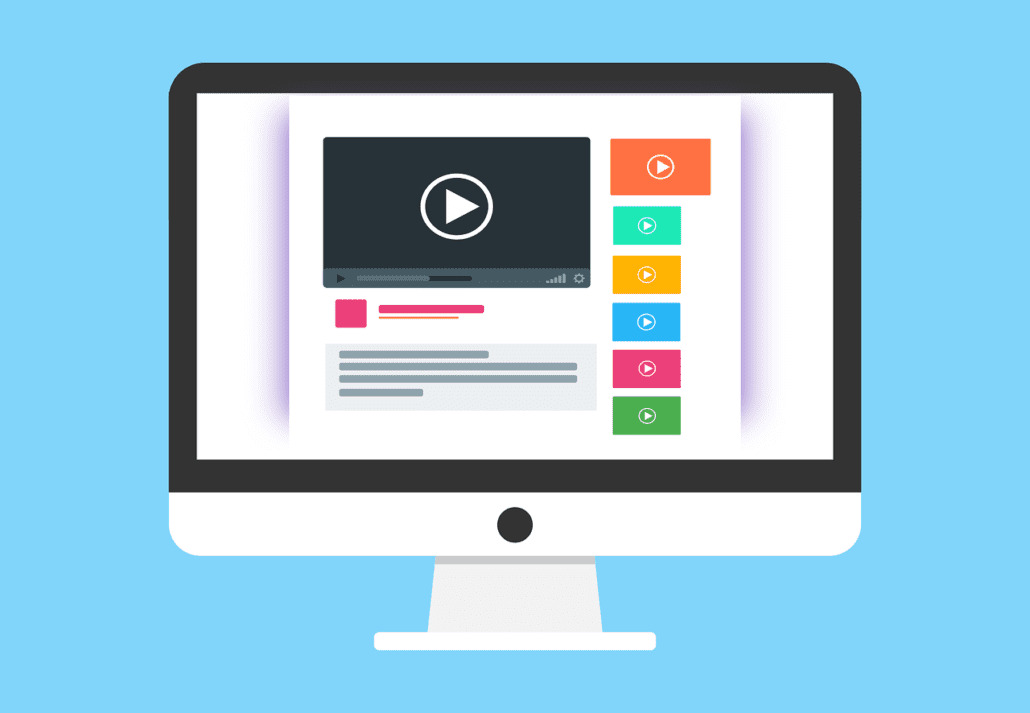How to Increase Your Ability to Connect with Your Customer

Research your Target Audience
In order to connect better with people, it helps if you understand a little bit about them. So, it makes sense to research your target audience. You need to pose questions to yourself like what characteristics does my key customer hold, age range, family, gender, etc? Also, delve deeper and work out what their likes and dislikes are, what motivates them what value does your product or service pose in their lives? The more you can learn, the more you can develop better marketing material and improve communication between yourself and the customer too. Use as many sources as possible in your research, from your customer files to social media don’t forget to look at your competitor’s social media accounts too.
Branding
Your brand is your identity and is key to connecting with your customers. Working on your brand is where you develop a recognizable logo and color scheme along with an entire company philosophy. Your logo is an emblem of this philosophy, and when someone sees it, they are meant to conjure images of your company’s personality, culture, core values, and ethics. It is worth creating your brand identity with your key customer profile in mind. You are working for your customer to make their lives better so use this information to your advantage. Think about the things that they like and position yourself against this. If it is sustainability, then ensure you have sustainability at the heart of your business. Your brand acts like a foundation to your content and allows for a joined-up approach. Ensure that you have your brand narrative and creation story clearly shown on your website, so anyone interested in your messages can see that it is a vein that runs through the company as a whole.
Customer Service
If you invest in developing a great customer service team, then you can win around even the angriest customer. Anyone that has an issue will want to contact your company, and your customer service team are the fact of your brand. Ensure that your onboarding process is aligned with your company culture so that you employ the most suitable people. Ensure that your staff have the ability to treat every customer as they come and are not restricted by a script. You need the customer to understand that you see them as an individual. Adiotnaly use services such as het vertaalbureau for translation so that all, customers foreign and domestic can be understood.



